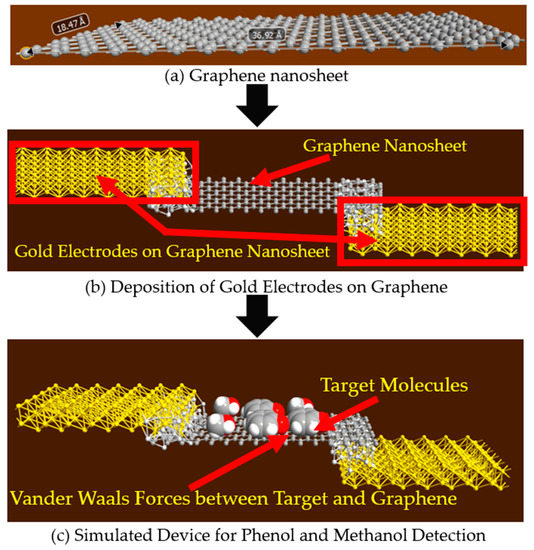

Moreover, PbS QDs have outstanding optical and electrical properties due to which their application can be expanded to photodetectors (PDs), light emitting devices, field effect transistors, and photovoltaics 19, 20, 21, 22. PbS colloidal quantum dots (QDs) are promising semiconductors for application as active material in near-infrared optoelectronics because of their small and tunable direct band gap 17, 18. Although graphene has high electron concentration, weak light absorption and fast carrier recombination limit its application in optoelectronics 15, 16. Graphene is a representative metallic layered material consisting of carbon atoms arranged in a hexagonal lattice with strong inplane chemical bonds 12, 13, 14. In particular, two-dimensional layered materials and zero-dimensional quantum dots have attracted significant attention for optoelectronic applications because of their excellent optical and electrical properties 4, 5, 6, 7, 8, 9, 10, 11.

Low-dimensional materials are suitable for application in flexible devices because of their atomic-scale dimensions 1, 2, 3. This establishes the potential of the graphene-PbS QD composite for application in ultrathin, flexible, high-performance NIR PDs. In the fabricated PD comprising graphene-PbS QDs, five-times higher photocurrent, 22% faster rise time, and 47% faster decay time are observed, compared to that comprising PbS QDs alone. The photocurrent of the PD is measured using a conventional probe station with a 980-nm NIR laser diode. For device application, a PD structure comprised by graphene-PbS QDs is fabricated. Moreover, the specific Raman mode of the PbS QDs, embedded in the spectrum, is enhanced by combination with graphene, which can be interpreted by SERS as relevant to the photoinduced charge transfer between the Pbs QDs and graphene.

The increased absorbance and quenched photoluminescence intensity of the graphene-PbS QD composite supports enhanced photoinduced charge transfer between graphene and the PbS QDs. Field emission scanning electron microscopy images of the graphene-PbS QD composite dispersed on a glass substrate confirm that the composite contains both aggregated graphene flakes and single-layer graphene with wrinkles Transmission electron microscopy images reveal close packing with uniform size. A single-layer graphene flake and oleic acid-capped PbS QD composite is fabricated through the conventional sonication process, in hexane solution. Significant transport properties applicable for various device applications at the nano-regime are thus reported in all the coinage metal doped GNRs.A graphene-PbS quantum dot (QD) composite for application in high-performance near-infrared (NIR) photodetectors (PDs) is proposed in this study. The transmission spectrum (T.S) of Ag-doped ZGNRs present heightened electronic activity due to interaction between Ag impurities and edge states of the ZGNRs. The spin injection is voltage controlled in all the investigated Au-doped AGNRs. Au-doped AGNRs are semiconducting with lower total energy for the FM configuration, and the I-V characteristics reveal semiconductor to metal transition. Our calculations for the magnetic properties predict that Au functionalization leads to semiconducting nature with different band gaps for spin up and spin down. Au-doped ZGNRs exhibit stable structure and semimetallic nature is predicted with a high DOS peak distributed over a narrow energy region at the Fermi level. Doping at strategic positions yield currents such that the semiconductor to metal transition takes place in all the Cu-doped AGNRs. In Cu-doped ZGNRs, it is observed that the linear positive bias I–V curve and conductance is higher due to doping towards the centre of the ribbon.

The electronic and transport properties of both zigzag graphene nanoribbons (ZGNRs) and armchair graphene nanoribbons (AGNRs) doped with coinage metals (CM) Cu, Au and Ag has been investigated by employing ab-initio approach using non equilibrium Green's function combined with density functional theory. Graphene, Zigzag, Armchair, Copper, Gold, Silver, Electronic, Transport, Spin Abstract Nanomaterials Research Group, ABV-Indian Institute of Information Technology and Management (IIITM),ĭiscipline of Physics, PDPM-Indian Institute of Information Technology, Design and Manufacturing (IIITDM),


 0 kommentar(er)
0 kommentar(er)
